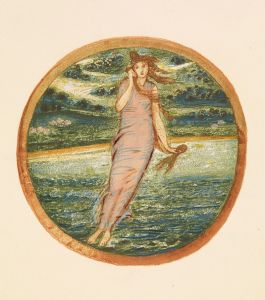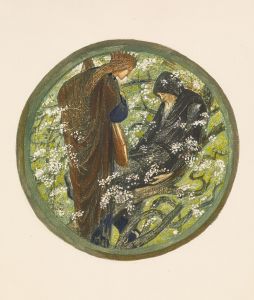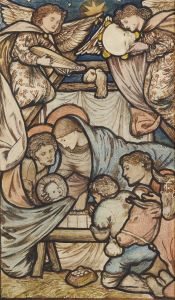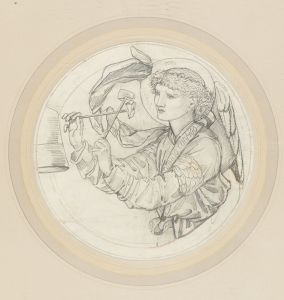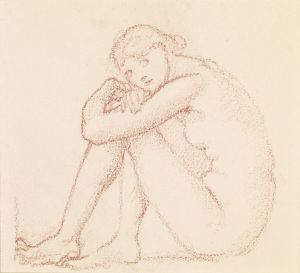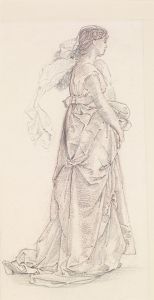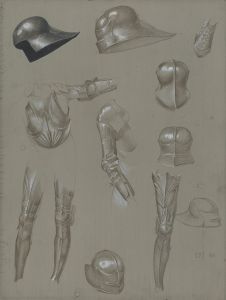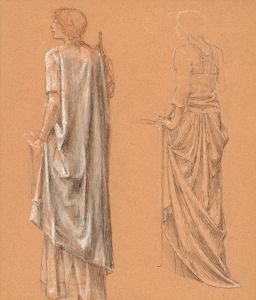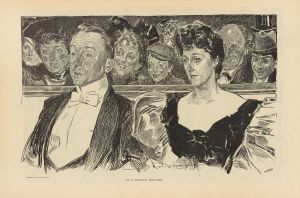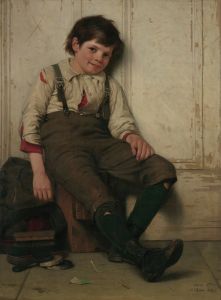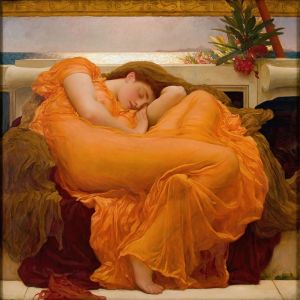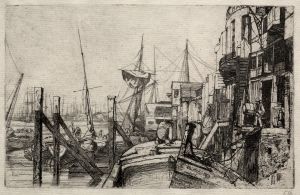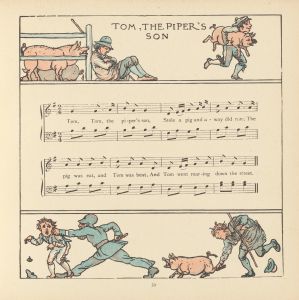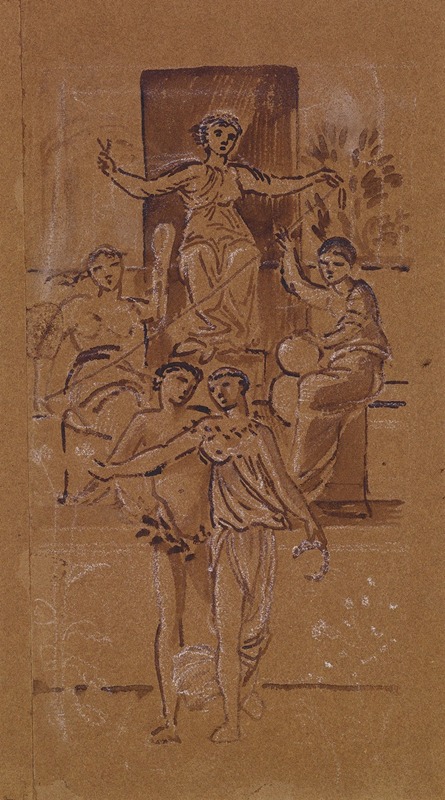
The Fates – Composition Study
A hand-painted replica of Sir Edward Coley Burne-Jones’s masterpiece The Fates – Composition Study, meticulously crafted by professional artists to capture the true essence of the original. Each piece is created with museum-quality canvas and rare mineral pigments, carefully painted by experienced artists with delicate brushstrokes and rich, layered colors to perfectly recreate the texture of the original artwork. Unlike machine-printed reproductions, this hand-painted version brings the painting to life, infused with the artist’s emotions and skill in every stroke. Whether for personal collection or home decoration, it instantly elevates the artistic atmosphere of any space.
Sir Edward Coley Burne-Jones, a prominent British artist associated with the Pre-Raphaelite Brotherhood, created "The Fates – Composition Study" as part of his exploration of mythological and allegorical themes. Burne-Jones was known for his intricate and imaginative works that often drew inspiration from classical mythology, medieval legends, and literary sources. His style is characterized by a meticulous attention to detail, a rich use of color, and a focus on the beauty and complexity of the human form.
"The Fates – Composition Study" is a preparatory work that reflects Burne-Jones's interest in the mythological figures known as the Fates, or Moirai, from Greek mythology. The Fates were three sisters who controlled the destinies of both mortals and gods. They were often depicted as weavers of a great tapestry, with each thread representing an individual's life. The three sisters were named Clotho, Lachesis, and Atropos. Clotho spun the thread of life, Lachesis measured it, and Atropos cut it, determining the moment of death.
In this composition study, Burne-Jones likely explored the arrangement and interaction of the figures, focusing on the symbolic and narrative elements that would convey the power and mystery of the Fates. His preparatory studies were an essential part of his creative process, allowing him to experiment with different poses, compositions, and expressions before committing to a final work. These studies often reveal Burne-Jones's deep engagement with the subject matter and his dedication to achieving a harmonious and meaningful composition.
Burne-Jones's work is often associated with the Aesthetic Movement, which emphasized beauty and artistic expression over moral or narrative content. However, his interest in mythological and allegorical themes suggests a deeper engagement with the symbolic and philosophical aspects of art. "The Fates – Composition Study" exemplifies this dual focus, combining aesthetic beauty with a rich narrative tradition.
The Pre-Raphaelite Brotherhood, with which Burne-Jones was closely associated, sought to return to the detail, intense colors, and complex compositions of Quattrocento Italian art. They rejected the mechanistic approach that had come to dominate the academic art of their time. Burne-Jones's work, including "The Fates – Composition Study," reflects these ideals, showcasing his commitment to craftsmanship and his fascination with the interplay of myth and art.
While specific details about "The Fates – Composition Study" may be limited, it is clear that this work fits within Burne-Jones's broader oeuvre, which often explored themes of fate, destiny, and the human condition through the lens of mythology and legend. His art continues to be celebrated for its beauty, complexity, and the way it invites viewers to engage with timeless stories and themes.





